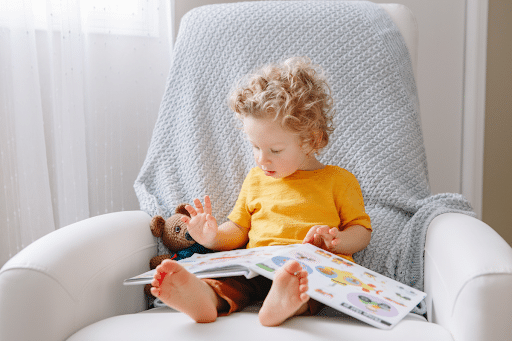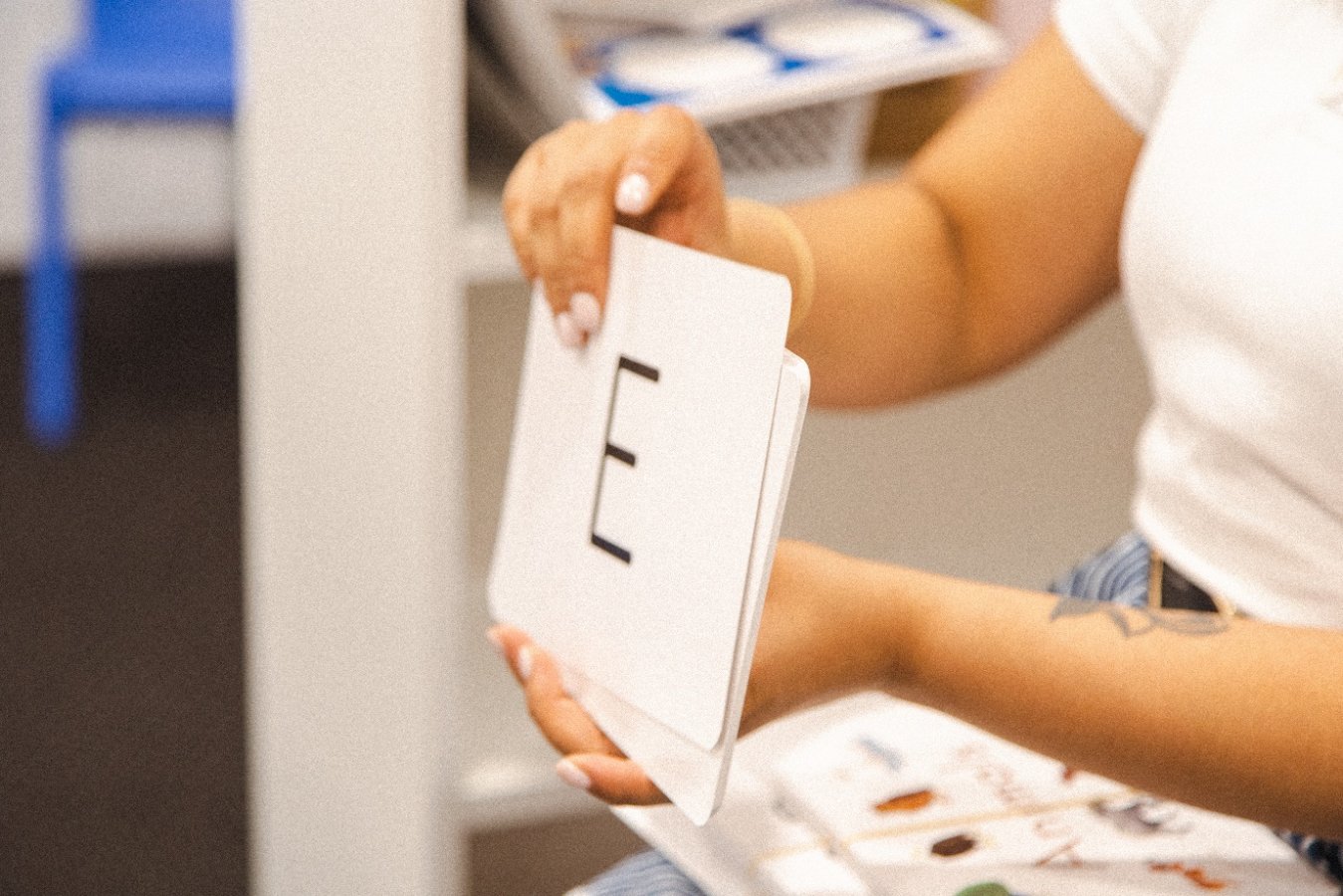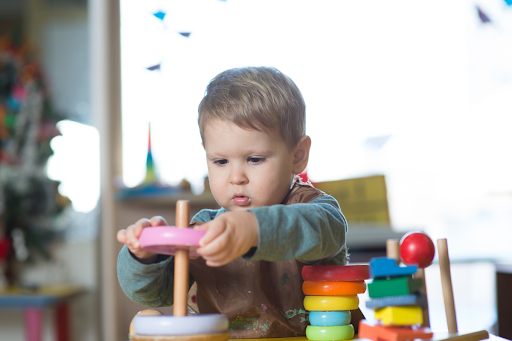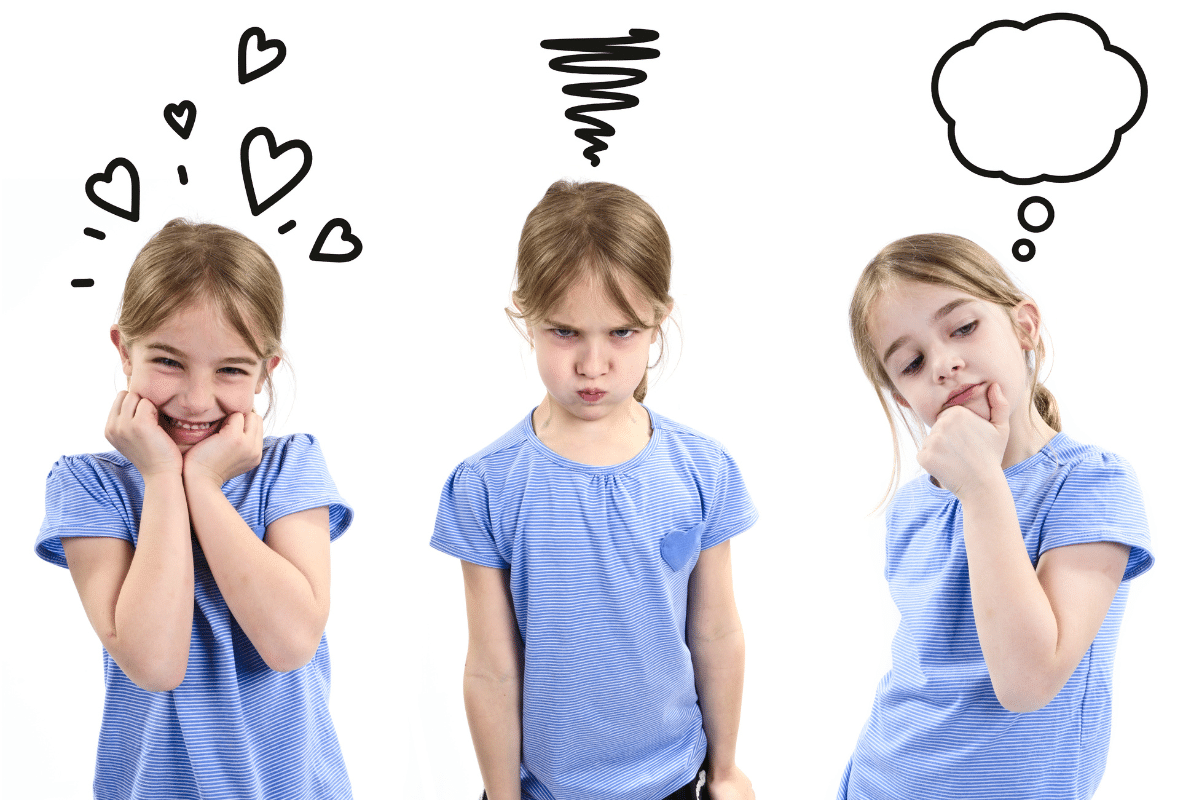
Using Play To Help Kids Express Their Emotions
Helping children understand and express their emotions is a vital part of their development. Emotions can feel overwhelming for young minds, and teaching kids how to navigate their feelings equips them with skills that last a lifetime.
Table of Contents
Play offers a natural and engaging way to promote emotional understanding, making it easier for children to explore and express their emotions. Let’s see how play can support emotional development.
Children and Emotions: Why Emotional Regulation Matters
Emotions are a big part of life for children, from joy and excitement to frustration and sadness. Learning how to identify and manage these feelings is an important skill that shapes their personal growth.
Tools like emotion faces and emotion wheels make this process more interactive and fun. These visual aids help children recognise different emotions, connect them to facial expressions, and understand the wide range of feelings they experience.
Teaching children emotional regulation is about more than just managing meltdowns. It gives them essential skills that help in many areas of their development, including:
-
Building Stronger Relationships
Emotional regulation helps children express themselves clearly and empathetically, which is crucial for forming meaningful connections. When children understand their own emotions, they are better equipped to recognise and respond to the emotions of others.
For example, using tools like emotion charts for kids can teach them to articulate feelings like sadness or frustration, paving the way for constructive conversations with peers and family members. This understanding strengthens trust and encourages deeper bonds.
-
Navigating Social Dynamics
Social situations can be complex for children, especially when disagreements or misunderstandings arise. Emotional regulation skills allow children to approach these scenarios calmly and with confidence.
Play-based learning activities, such as role-playing or using emotion faces for kids, help children practice recognising social cues and responding appropriately. Over time, these experiences build the skills needed to navigate friendships, collaborate in groups, and resolve conflicts effectively.
-
Handling Challenges with Resilience
Life presents many challenges, and the ability to bounce back from setbacks is a vital skill for children. Emotional regulation equips kids with techniques to manage disappointment, frustration, and anxiety.
For instance, using an emotion wheel for kids can help children identify what they’re feeling and select a healthy coping mechanism, such as taking deep breaths or asking for help. This ability to self-regulate builds resilience, enabling them to approach difficulties with a problem-solving mindset.
-
Expressing Themselves Effectively
Children who struggle to articulate their emotions often experience misunderstandings or outbursts. Emotional regulation ensures that children have the vocabulary and confidence to express their feelings constructively.
Tools like emotion cards for kids make this process accessible by offering visual prompts that guide children in identifying and communicating their emotions. This not only reduces frustration but also enhances their ability to connect with others.
-
Managing Stress for Better Wellbeing
Stress is a normal part of life, even for children. Emotional regulation provides strategies to handle stress effectively, which is essential for maintaining mental and physical health.
Play-based activities, such as art or storytelling, offer a creative outlet for emotions, helping kids to process their feelings in a healthy way. For example, drawing how they feel can provide insight into their emotional state while reducing stress.
-
Promoting Lifelong Emotional Health
By teaching emotional regulation through play, parents and educators lay the foundation for lifelong emotional wellbeing.
Incorporating Emotional Regulation Tools into Play
Tools can enhance play-based learning by giving children a visual and interactive way to identify and express their emotions. They are particularly effective when paired with specific activities:
- Emotion Chart for Kids: A simple visual guide where children can mark or point to their current emotions, making it easier for parents to initiate conversations about feelings.
- Emotion Faces for Kids: Illustrated expressions help children connect facial cues with specific emotions, building emotional literacy.
- Emotion Wheel for Kids: This colourful chart introduces children to a wider range of feelings, helping them articulate nuanced emotions like “disappointment” or “pride.”
By incorporating these tools into play, parents and educators can transform everyday activities into opportunities for emotional growth. Whether through a creative art project or a structured game, children learn to recognise, process, and communicate their emotions in ways that feel natural and enjoyable.
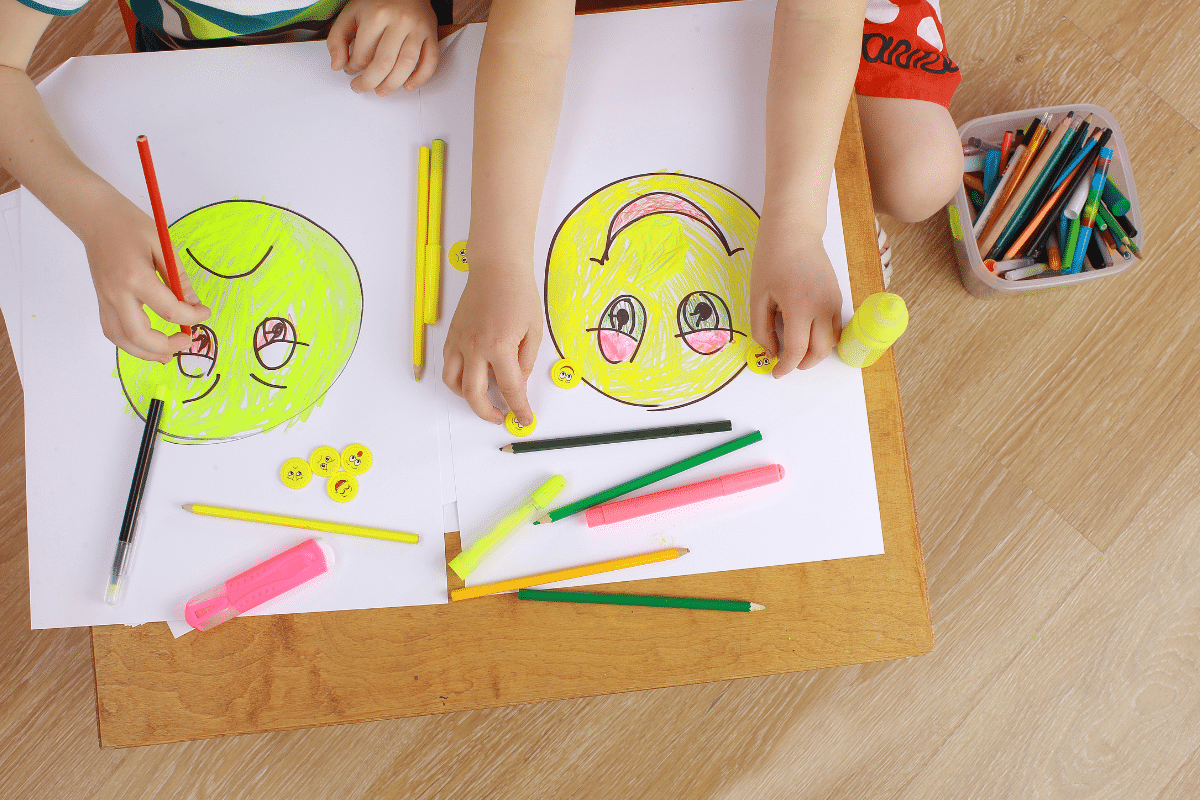
How Play Encourages Emotional Expression and Growth
Play is one of the most effective and natural ways to help children explore and express their emotions. It provides a safe, non-judgmental environment where children can process feelings, build empathy, and develop emotional resilience.
By integrating kid-friendly tools like emotion charts, cards and wheels, play-based learning becomes structured yet enjoyable, making it accessible for children of all ages. Here’s how different types of play support emotional growth:
Dramatic Play
Pretend play allows children to act out scenarios, experiment with roles, and practice handling various emotions in a low-pressure setting.
Example: A child role-playing as a teacher might explore feelings of authority and patience while using dolls or action figures to reenact situations that evoke sadness, joy, or frustration. Incorporating emotion cards for kids into this type of play can spark meaningful conversations, helping children name and understand their feelings.
Creative Play
Art-based activities offer a nonverbal outlet for emotional expression, promoting self-awareness and emotional resilience.
Example: A child could use an emotion wheel for kids to inspire a painting that represents happiness or anger. These visual projects encourage children to engage with their emotions constructively and share their inner thoughts in a way that feels safe.
Physical Play
Movement-based activities not only release pent-up emotional energy but also teach mindfulness and body awareness, which are essential for emotional regulation.
Example: Dancing, yoga, or even a game of “freeze dance” can channel emotions like excitement or frustration. Activities involving emotion faces for kids, such as acting out expressions while moving, add an extra layer of emotional engagement.
Game-Based Play
Structured games combine fun with valuable lessons about emotional regulation, patience, and collaboration.
Example: Memory games or matching games featuring emotion cards for kids help children practice recognising and naming emotions. Similarly, games that involve turn-taking and rule-following teach children how to cope with disappointment and celebrate success.
Incorporating Play-Based Emotional Regulation at Home
Parents and educators can integrate play into daily routines to help kids develop emotional intelligence. Here’s how:
Storytelling: Read books about emotions for kids and discuss how the characters feel and respond to different situations.
Emotion Games: Create a DIY emotion chart for kids or use pre-made tools to encourage discussions about feelings.
Creative Arts: Offer drawing or journaling activities where children can express their feelings visually or through writing.
Mindfulness Activities: Teach deep breathing or use guided relaxation exercises during play to help children calm down and self-regulate.
Role-Playing: Act out everyday scenarios where children might experience strong emotions, such as losing a toy or meeting a new friend.
By embedding these activities into their routines, children gradually learn to recognise, understand, and above all, manage their emotions healthily.
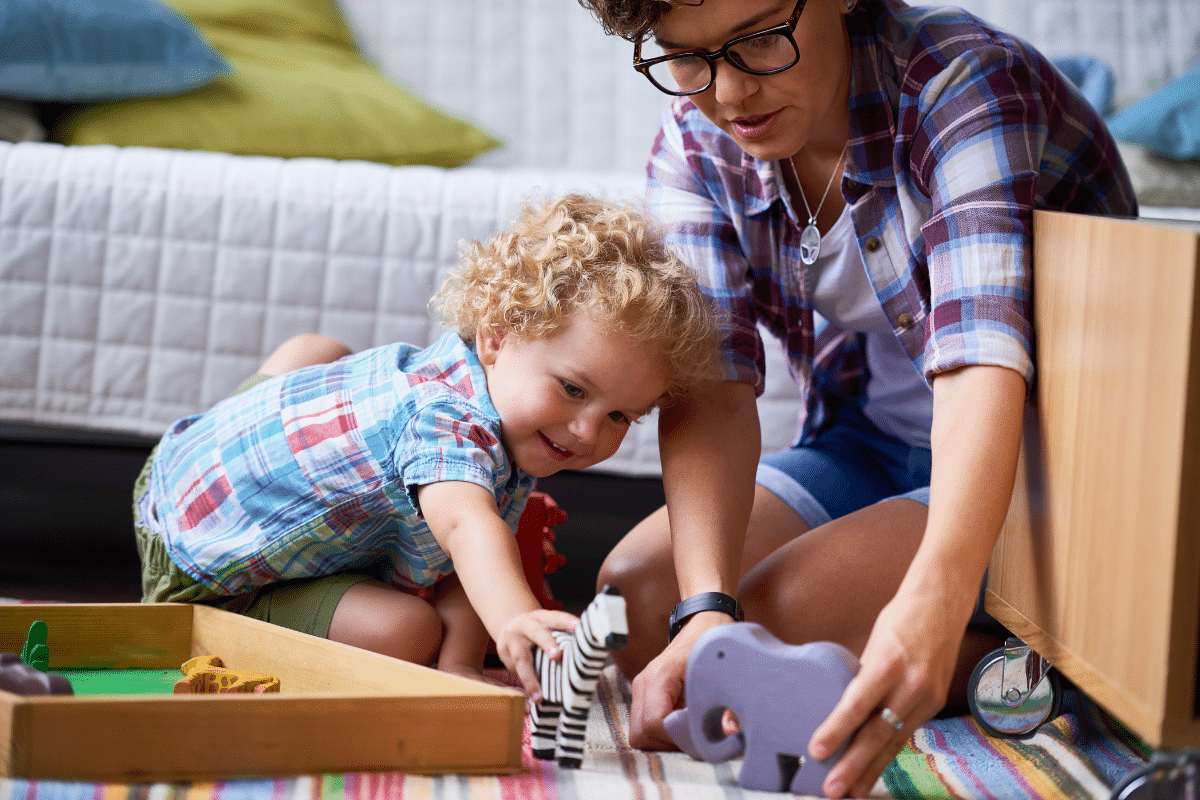
Shichida’s Approach to Emotional Development
At Shichida, we believe in nurturing the whole child, blending academic learning with emotional growth. Emotional regulation is a core part of our curriculum, taught through engaging and age-appropriate methods that include mindfulness and problem-solving activities.
Mindfulness Through Play
Mindfulness practices, such as breathing exercises, help children learn to calm their minds and bodies. These techniques are seamlessly integrated into group discussions and play-based learning, making them enjoyable and effective. For example, children might use emotion faces for kids during mindfulness activities to identify and process their feelings in the moment.
Social Emotional Problem-Solving
Shichida’s group activities encourage children to collaborate, share perspectives, and navigate complex emotions together. Using tools like emotion cards for kids, children practise understanding others’ feelings and responding with empathy.
Creative Expression
Through guided drawing, music, and play, Shichida helps children learn the skills to express emotions they might struggle to verbalise.
Book a trial class today and see how Shichida can help your child explore their emotions through the power of play.
